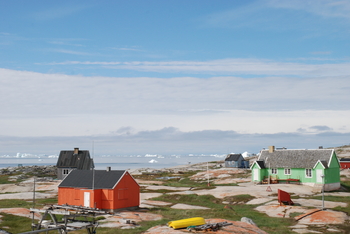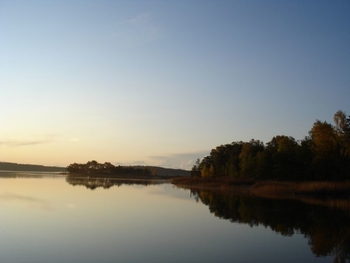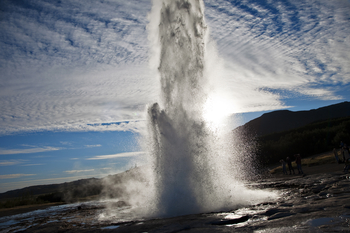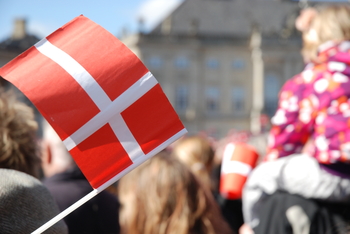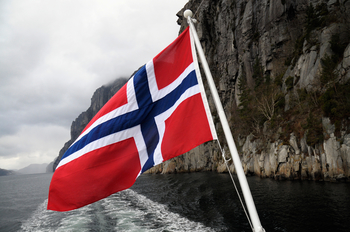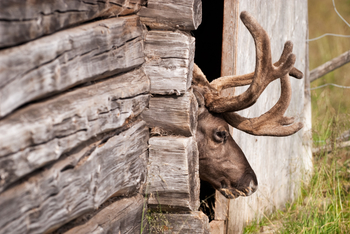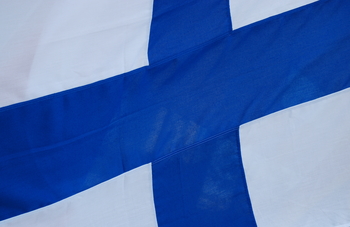Facts about the Faroe Islands
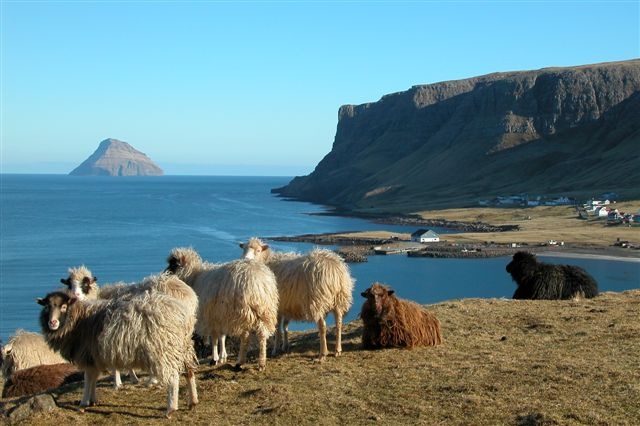
The Faroe Islands – 18 islands of various sizes connected by tunnels and ferries – is one of three autonomous territories in the Nordic Region. The landscape is rugged with steep cliffs, grassy ridges and a very few trees.
Politics in the Faroe Islands
The Faroe Islands are part of the Kingdom of Denmark but have extensive home rule. The parliament, known as Lagtinget, is the highest authority in the islands. The country is not a member of the EU, but has entered into a fisheries and trading agreement with the Union.
- National day: July 29 (Ólavsøka)
- Form of government: Home rule – within the kingdom of Denmark
- Parliament: Lagtinget (33 MPs)
- EU membership: No
- NATO membership: Since 1949 (as part of Denmark’s membership)
- Head of state: King Frederik X
- Head of government (since December 2022): Aksel Vilhelmson Johannesen(Javnaðarflokkurin – Social Democratic Party)
Population
The population of the Faroe Islands is around 53.653, almost half of whom live in the capital, Tórshavn.
- Population in 2022: 53.653
- Population of the capital in 2022: 22.704 in the area covered by Tórshavn Council (1)
Population trend
Economy
Fishing is by far the most important industry in the Faroe Islands, and about 90% of exports consist of fishery products. Shipping and tourism are other important industries.
- Currency: Danish krone (DKK)
Geography
The Faroes consist of 18 islands. At 1,400 km2, it has the smallest landmass of the three autonomous territories in the Nordic Region.
- Total area: 1,396 km2
- Highest point: Slættartindur 880 m
- Coastline: 1,117 km
- Borders: 0 km
- Lakes and rivers: 9 km2
The climate and environment of the Faroe Islands
The Faroe Islands have mild winters and cool summers. Weather and precipitation levels vary greatly from island to island, with most rainfall in the north.
- Average temperature in Tórshavn (2021): 7°C (maximum 17,7°C, minimum -6,1°C)
- Normal precipitation in Tórshavn (1981-2010): 1,321 mm
Average temperature in Tórshavn, the Faroe Islands
Faroese
Faroese is a North Germanic (like Danish, Norwegian, Swedish and Icelandic) About 70,000 people speak it.
- Official language: Faroese
Interested in moving to the Faroe Islands?
If you are interested in moving to the Faroe Islands, contact Info Norden, the Nordic Council of Ministers’ information service.
Do you want to know more about the Faroe Islands and the rest of the Nordic countries?
The report State of the Nordic Region is published every two years and provides a comprehensive and unique insight into the Nordic countries. It draws on statistical data on demographics, the labour market, education and the economy in the Region.
- Official website: www.hagstova.fo
Interested in more statistics?
We have collated relevant Nordic data and statistics in the Nordic Statistics database. The database covers multiple subject areas and all of the Nordic countries.
______________________________________________________________________________________
1) Tórshavn Council covers six areas that are geographically separated from the capital.
